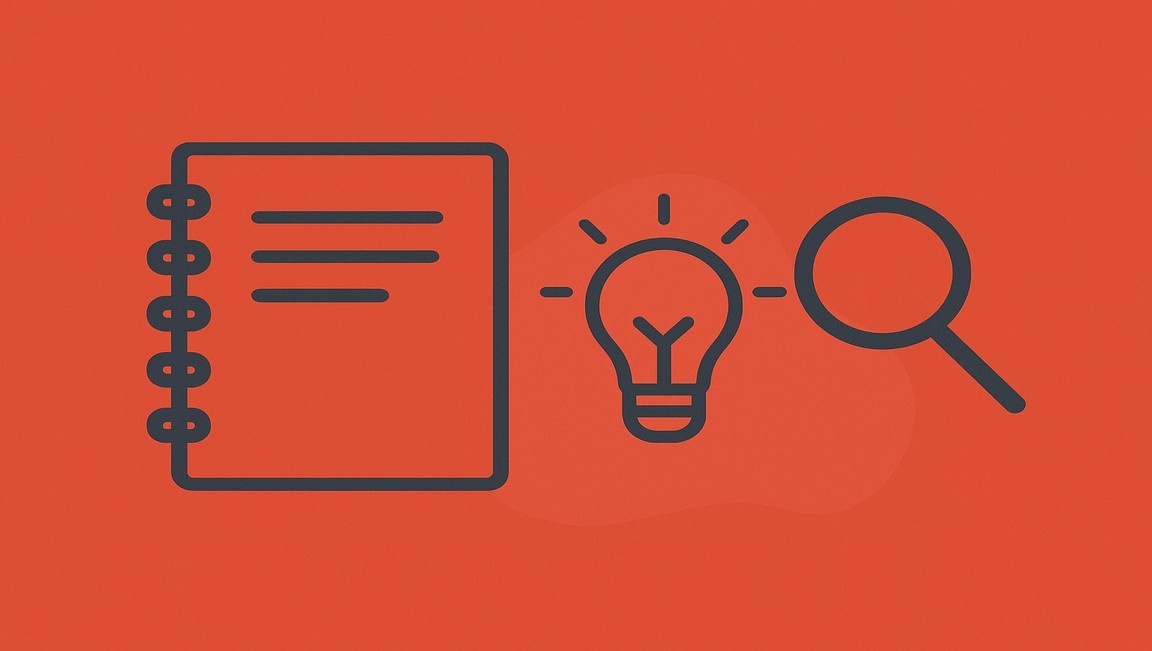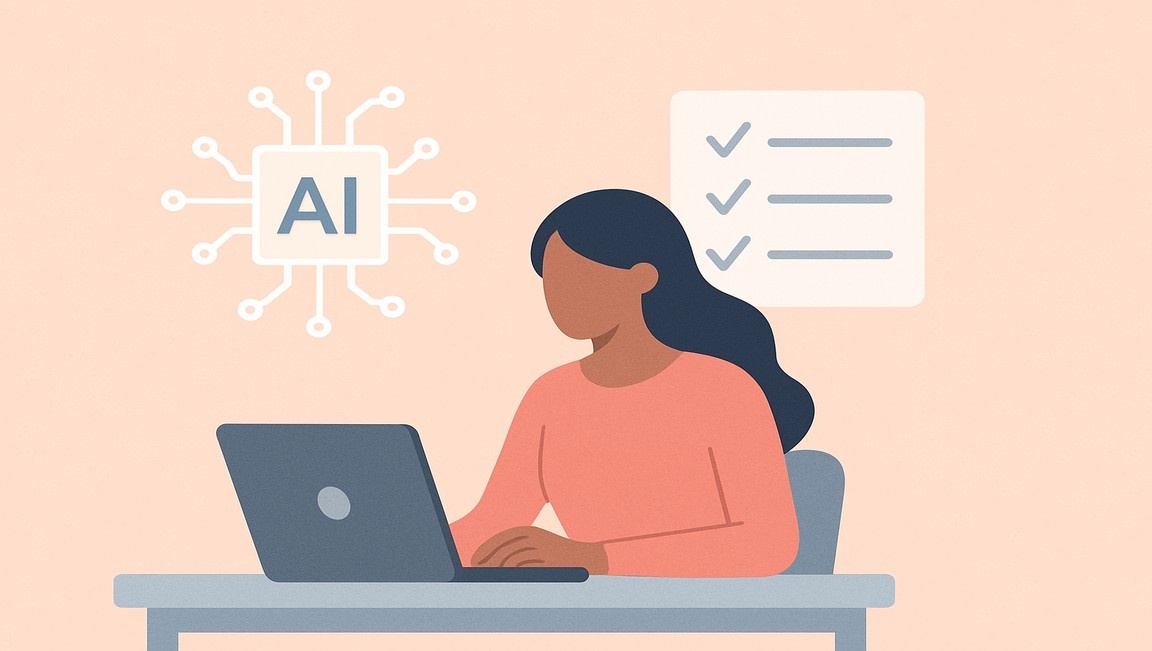Table of content
SHARE THIS ARTICLE
Is this blog hitting the mark?
Contact Us
Table of Content
- What is Quality Assurance and Why is it Important for Energy and Utilities Software?
- How to Achieve Quality Assurance through Software Testing?
- How Our Company Can Help You Achieve Quality Assurance and Innovation?
- FAQs
The energy and utilities sector is undergoing a rapid transformation, driven by technological innovations, environmental concerns, and changing customer expectations. Software plays a vital role in enabling this transformation, as it powers the smart grids, renewable energy sources, and customer engagement platforms that are reshaping the industry.
However, software development in this sector also faces unique challenges, such as complex regulations, high reliability requirements, and diverse stakeholder needs. These challenges demand a high level of quality assurance, to ensure that the software meets the standards and expectations of the users, regulators, and the society at large.
In this guide, we will explore the importance of quality assurance for energy and utilities software, and how it can be achieved through effective software testing. We will also share some best practices and examples of how our company, India’s best software testing company, has helped our clients in this sector achieve quality excellence and innovation.
What is Quality Assurance and Why is it Important for Energy and Utilities Software?
Quality assurance is the process of ensuring that the software meets the specified requirements and delivers the desired outcomes. QA involves various activities, such as planning, designing, executing, and evaluating tests, to verify and validate the software’s functionality, performance, security, usability, and compatibility.
QA is important for any software development project, but especially so for energy and utilities software, because:
It ensures compliance with regulations and standards
The energy and utilities sector is subject to strict regulations and standards, such as ISO 9001, ISO 14001, ISO 50001, and IEC 61850, that govern the quality, safety, and sustainability of the software and the systems it supports.
QA helps to ensure that the software complies with these regulations and standards, and avoids any legal or financial penalties for non-compliance.
It enhances customer satisfaction and loyalty
The energy and utilities sector is becoming more customer-centric, as customers demand more choice, convenience, and control over their energy consumption and services.
QA helps to ensure that the software delivers a positive customer experience, by meeting their needs, preferences, and expectations, and by providing reliable, secure, and user-friendly solutions.
It improves operational efficiency and productivity
The energy and utilities sector is facing increasing pressure to optimize its operations and reduce its costs, while maintaining or improving its service quality and reliability.
QA helps to ensure that the software supports the operational efficiency and productivity of the sector, by eliminating errors, bugs, and defects, and by enhancing the performance, scalability, and interoperability of the software and the systems it supports.
It fosters innovation and competitiveness
The energy and utilities sector is undergoing a digital transformation, as it adopts new technologies, such as artificial intelligence, blockchain, and internet of things, to create new value propositions and business models.
QA helps to foster innovation and competitiveness in the sector, by ensuring that the software is compatible with the latest technologies, and by enabling the testing and validation of new ideas and features.
Also read: Comprehensive Guide on Enterprise Application Testing
How to Achieve Quality Assurance through Software Testing?
Software testing is the core activity of QA, as it involves the actual verification and validation of the software’s quality attributes. Software testing can be performed at different levels, such as unit testing, integration testing, system testing, and acceptance testing, and using different methods, such as manual testing, automated testing, and exploratory testing.
To achieve quality assurance through software testing, software leaders need to follow some best practices, such as:
Define clear and measurable quality objectives and criteria
- Before starting the testing process, software leaders need to define what quality means for their software, and how it will be measured and evaluated.
- They need to establish clear and measurable quality objectives and criteria, based on the requirements and expectations of the stakeholders, and aligned with the regulations and standards of the sector.
- They also need to communicate these objectives and criteria to the testing team, and ensure that they are understood and followed throughout the testing process.
Plan and design the testing strategy and approach
- Software leaders need to plan and design the testing strategy and approach, based on the quality objectives and criteria, and the characteristics and complexity of the software.
- They need to decide on the scope, level, method, and type of testing, as well as the tools, techniques, and resources that will be used for testing.
- They also need to define the testing schedule, budget, and deliverables, and assign roles and responsibilities to the testing team.
Execute and monitor the testing process
- Software leaders need to execute and monitor the testing process, according to the testing strategy and approach.
- They need to ensure that the testing team follows the testing plan and design, and uses the appropriate testing tools and techniques.
- They also need to monitor the testing progress, results, and issues, and provide feedback and guidance to the testing team.
- They need to ensure that the testing process is documented, transparent, and traceable, and that any deviations or changes are communicated and justified.
Evaluate and improve the testing outcomes
- Software leaders need to evaluate and improve the testing outcomes, based on the quality objectives and criteria, and the testing results and issues.
- They need to analyze the testing data and metrics, and identify the strengths and weaknesses of the software’s quality.
- They also need to report and communicate the testing outcomes to the stakeholders, and solicit their feedback and approval.
- They need to implement and verify any corrective or preventive actions, and document and share any lessons learned and best practices.
Also read: Software Scalability Testing: A Comprehensive Guide
How Our Company Can Help You Achieve Quality Assurance and Innovation?
Our company is India’s leading software testing company, with over 10 years of experience and expertise in providing software testing services and solutions to the energy and utilities sector. We have a team of highly skilled and certified software testers, who are well-versed in the regulations and standards, technologies and trends, and challenges and opportunities of the sector. We have a proven track record of delivering quality assurance and innovation to our clients, such as:
- We helped a leading renewable energy company to test and validate their smart grid software, which enables the integration and management of distributed energy resources, such as solar, wind, and battery storage. We performed functional, performance, security, and compatibility testing, using both manual and automated testing methods, and using our proprietary testing framework and tools. We ensured that the software met the regulatory and customer requirements, and delivered optimal performance, reliability, and security. We also helped the client to implement new features and functionalities, such as demand response, load balancing, and predictive maintenance, using artificial intelligence and machine learning techniques.
- We helped a leading utility company to test and validate their customer engagement platform, which provides personalized and interactive services to their customers, such as energy usage monitoring, bill payment, outage notification, and feedback collection. We performed usability, accessibility, and user experience testing, using both manual and exploratory testing methods, and using our proprietary testing framework and tools. We ensured that the platform delivered a positive and consistent customer experience, across different devices, browsers, and channels. We also helped the client to implement new features and functionalities, such as gamification, loyalty programs, and chatbots, using blockchain and internet of things technologies.
We are committed to helping you achieve quality assurance and innovation for your energy and utilities software, by providing you with the following benefits:
- Customized and comprehensive testing services and solutions: We offer a wide range of testing services and solutions, covering all the levels, methods, and types of testing, and using the latest and best testing tools and techniques. We customize our testing services and solutions to suit your specific needs and preferences, and to address your unique challenges and opportunities.
- Experienced and expert testing team: We have a team of experienced and expert software testers, who have the knowledge and skills to test and validate your energy and utilities software, according to the highest standards and best practices.
- Cost-effective and time-efficient testing process: We offer cost-effective and time-efficient testing services and solutions, by leveraging our proprietary testing framework and tools, and by applying our agile and lean testing methodologies. We help you to reduce your testing costs and time, by optimizing your testing resources, processes, and outcomes, and by ensuring your testing quality and productivity.
- Value-added and innovative testing outcomes: We offer value-added and innovative testing outcomes, by going beyond verifying and validating your software’s quality, and by enabling and enhancing your software’s functionality, performance, security, usability, and compatibility. We help you to create value and innovation for your software, by testing and implementing new ideas and features, using the latest and best technologies and trends.
If you are interested in learning more about our software testing services and solutions, or if you want to request a free consultation or a quote, please contact us.
We look forward to hearing from you and helping you achieve quality assurance and innovation for your energy and utilities software. Thank you for reading this guide.
Discover More About QA Services
sales@qable.ioDelve deeper into the world of quality assurance (QA) services tailored to your industry needs. Have questions? We're here to listen and provide expert insights


Nishil Patel is the Co-founder of QAble, delivering advanced test automation solutions with a focus on quality and speed. He specializes in modern frameworks like Playwright, Selenium, and Appium, helping teams accelerate testing and ensure flawless application performance.
.svg)














.webp)
.webp)
.png)
.png)











.png)



.png)

.png)

.png)




















.webp)

